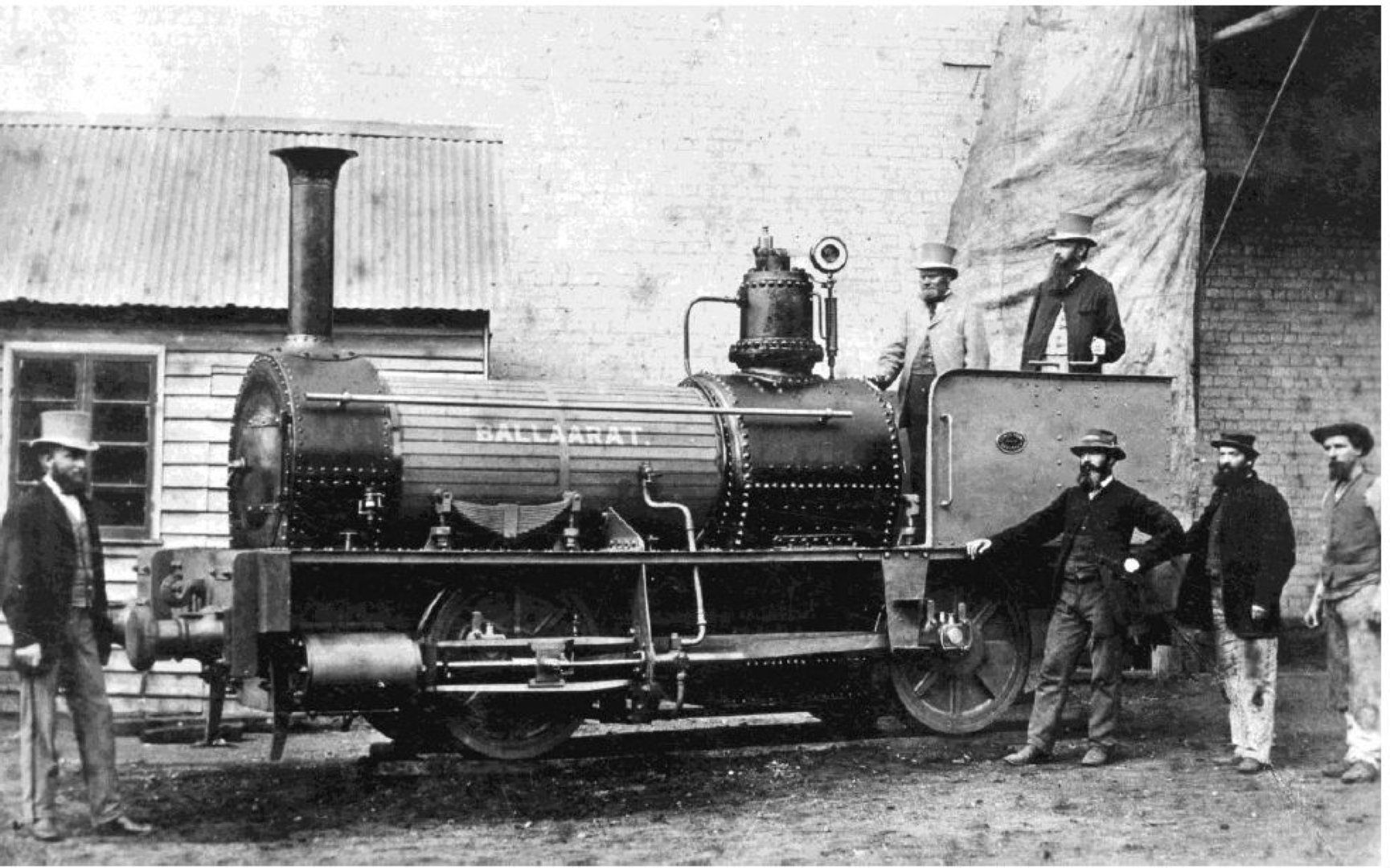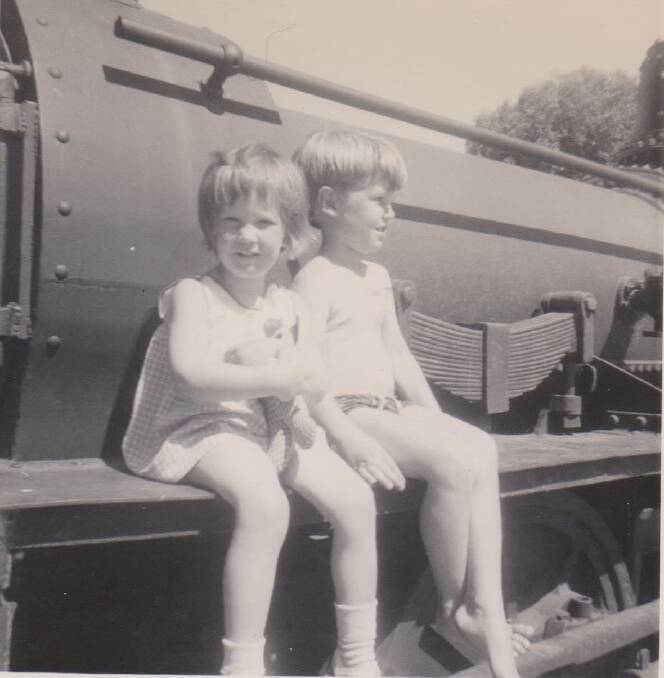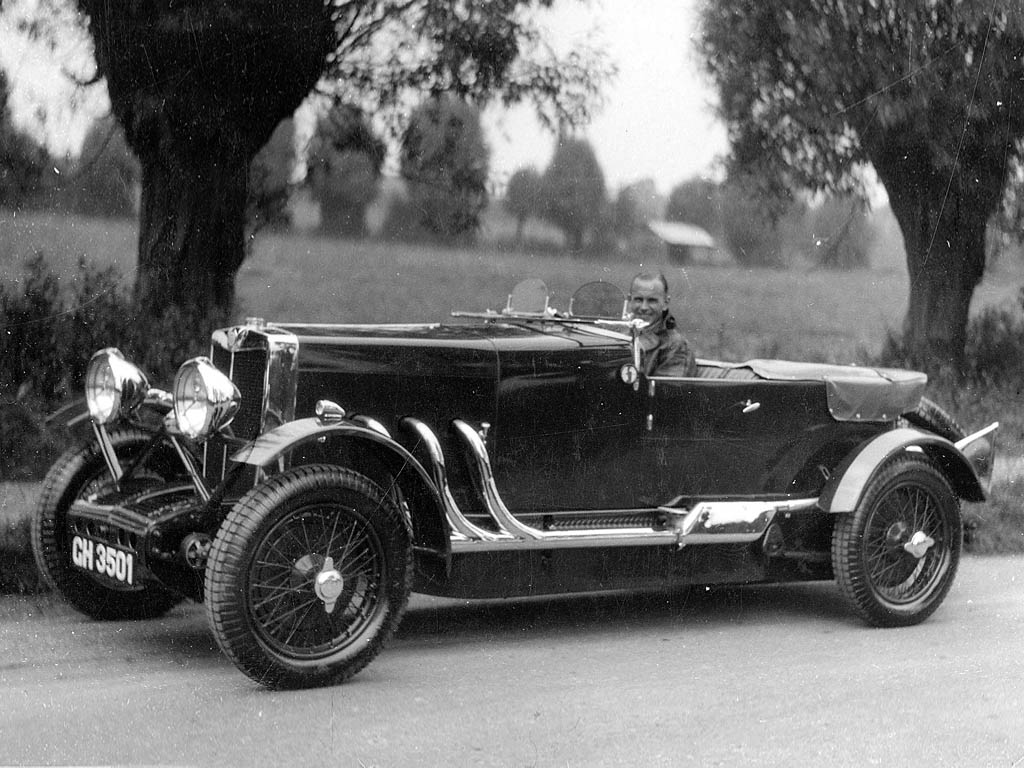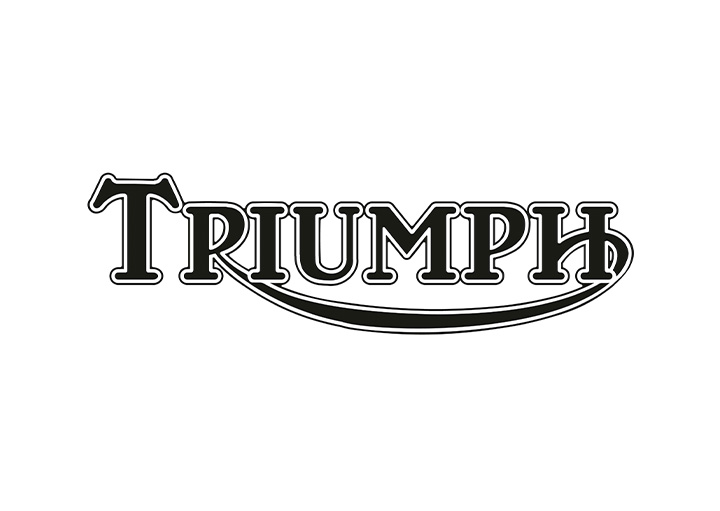…to all the Dads in the forum :)
Here’s an old 20 H.P. Portable Sawmill Engine for you.
…to all the Dads in the forum :)
Here’s an old 20 H.P. Portable Sawmill Engine for you.
Ballaarat (the original spelling of Ballarat, where the engine was built), the first steam engine to operate in Western Australia.

Oh and some socks.

Back in 1978, I very nearly bought a running 15 Hp portable steam engine at a farm clearing sale auction. It was fired up at before the auction started and ran all day on lumps of wood. It came with new tubes and tube-flaring tool. It was passed in at reserve of $200.
Somebody (who shall remain nameless) talked me out of purchasing it, because I’d have to tow it 150-odd kilometres over dirt roads to get it back to my residence. And I had no specific use for it.
I wish I had bought it, though.
Bubblecar said:
Ballaarat (the original spelling of Ballarat, where the engine was built), the first steam engine to operate in Western Australia.
How did the engine driver and fireman keep their top hats on when it got up to speed?
Michael V said:
Back in 1978, I very nearly bought a running 15 Hp portable steam engine at a farm clearing sale auction. It was fired up at before the auction started and ran all day on lumps of wood. It came with new tubes and tube-flaring tool. It was passed in at reserve of $200.Somebody (who shall remain nameless) talked me out of purchasing it, because I’d have to tow it 150-odd kilometres over dirt roads to get it back to my residence. And I had no specific use for it.
I wish I had bought it, though.
Certainly cheap.
captain_spalding said:
Bubblecar said:
Ballaarat (the original spelling of Ballarat, where the engine was built), the first steam engine to operate in Western Australia.
How did the engine driver and fireman keep their top hats on when it got up to speed?
There’s probably a trail of old toppers by the side of the line to this day.
Bubblecar said:
Michael V said:
Back in 1978, I very nearly bought a running 15 Hp portable steam engine at a farm clearing sale auction. It was fired up at before the auction started and ran all day on lumps of wood. It came with new tubes and tube-flaring tool. It was passed in at reserve of $200.Somebody (who shall remain nameless) talked me out of purchasing it, because I’d have to tow it 150-odd kilometres over dirt roads to get it back to my residence. And I had no specific use for it.
I wish I had bought it, though.
Certainly cheap.
Yes, even for back then. Thing was, it was complete and running, demonstrably so. So it just need refreshing. And what a fun thing it would be.
Michael V said:
Bubblecar said:
Michael V said:
Back in 1978, I very nearly bought a running 15 Hp portable steam engine at a farm clearing sale auction. It was fired up at before the auction started and ran all day on lumps of wood. It came with new tubes and tube-flaring tool. It was passed in at reserve of $200.Somebody (who shall remain nameless) talked me out of purchasing it, because I’d have to tow it 150-odd kilometres over dirt roads to get it back to my residence. And I had no specific use for it.
I wish I had bought it, though.
Certainly cheap.
Yes, even for back then. Thing was, it was complete and running, demonstrably so. So it just need refreshing. And what a fun thing it would be.
I’ve never really understood the fascination with steam engines.
What is it about them that a lot of men find so attractive?
Bubblecar said:
Ballaarat (the original spelling of Ballarat, where the engine was built), the first steam engine to operate in Western Australia.
The Mayor of Busselton Grant Henley with the Ballaarat steam engine as it stands today:

The future mayor of Busselton, Grant Henley, and his sister with the Ballaarat steam engine in 1970:

I took some pics of that a few years ago, and also sat with Grant several times at various functions. We were both running for local government together about 8 years ago.
Kingy said:
Bubblecar said:
Ballaarat (the original spelling of Ballarat, where the engine was built), the first steam engine to operate in Western Australia.
The Mayor of Busselton Grant Henley with the Ballaarat steam engine as it stands today:
The future mayor of Busselton, Grant Henley, and his sister with the Ballaarat steam engine in 1970:
I took some pics of that a few years ago, and also sat with Grant several times at various functions. We were both running for local government together about 8 years ago.
Good to see they preserved it.
For those who prefer motor cars: 1929 MG Tigress.

sarahs mum said:
Handsome fellow :)
Bubblecar said:
some on the cheapside.
sarahs mum said:
Bubblecar said:
some on the cheapside.
Jasper Maskelyne, as mentioned in the advertisement, in formal evening wear, 1930s.
He was a successful stage magician of his day.

Bubblecar said:
sarahs mum said:
Bubblecar said:
some on the cheapside.
Jasper Maskelyne, as mentioned in the advertisement, in formal evening wear, 1930s.
He was a successful stage magician of his day.
He went on to become a camoflauge specialist in WW2 but was a bit of a fraud:
>Maskelyne joined the Royal Engineers when the Second World War broke out, thinking that his skills could be used in camouflage. According to one story, he convinced skeptical officers including inspector of training Viscount Gort by camouflaging a machine gun position in plain sight and creating the illusion of the German warship Graf Spee on the Thames using mirrors and a model.
Maskelyne was trained at the Camouflage Development and Training Centre at Farnham Castle in 1940. He found the training boring, asserting in his book that “a lifetime of hiding things on the stage” had taught him more about camouflage “than rabbits and tigers will ever know”. The camoufleur Julian Trevelyan commented that he “entertained us with his tricks in the evenings” at Farnham, but that Maskelyne was “rather unsuccessful” at actually camouflaging “concrete pill-boxes”.
Brigadier Dudley Clarke, the head of the ‘A’ Force deception department, recruited Maskelyne to work for MI9 in Cairo. He created small devices intended to assist soldiers to escape if captured and lectured on escape techniques. These included tools hidden in cricket bats, saw blades inside combs, and small maps on objects such as playing cards.
Maskelyne was then briefly a member of Geoffrey Barkas’s camouflage unit at Helwan, near Cairo, which was set up in November 1941. He was made head of the subsidiary “Camouflage Experimental Section” at Abbassia. By February 1942 it became clear that this command was not successful, and so he was “transferred to welfare“—in other words, to entertaining soldiers with magic tricks. Peter Forbes writes that the “flamboyant” magician’s contribution was
either absolutely central (if you believe his account and that of his biographer) or very marginal (if you believe the official records and more recent research).
His nature was “to perpetuate the myth of his own inventive genius, and perhaps he even believed it himself”. However, Clarke had encouraged Maskelyne to take credit for two reasons: as cover for the true inventors of the dummy machinery and to encourage confidence in these techniques amongst Allied high command.
Maskelyne’s book about his exploits, Magic: Top Secret, ghost-written, was published in 1949. Forbes describes it as lurid, with “extravagant claims of cities disappearing, armies re-locating, dummies proliferating (even submarines)—all as a result of his knowledge of the magic arts”. Further, Forbes notes, the biography of Maskelyne by David Fisher was “clearly under the wizard’s spell”. In his book, Maskelyne claims his team produced
dummy men, dummy steel helmets, dummy guns by the ten thousand, dummy tanks, dummy shell flashes by the million, dummy aircraft…
Doubts raised
A study by Richard Stokes argues that much of the story concerning the involvement of Maskelyne in counterintelligence operations as described in the book Magic: Top Secret was pure invention and that no unit called the “Magic Gang” ever existed. According to Stokes, Maskelyne’s role in the war was marginal.
Christian House, reviewing Rick Stroud’s book The Phantom Army of Alamein in The Independent, describes Maskelyne as “one of the more grandiose members” of the Second World War desert camouflage unit and “a chancer tasked with experimental developments, who fogged his own reputation as much as any desert convoy”.
David Hambling, writing on Wired, critiques David Fisher’s uncritical acceptance of Maskelyne’s stories: “A very colourful account of Maskelyne’s role is given in the book The War Magician—reading it you might think he won the war single-handed”. Hambling denies Maskelyne’s supposed concealment of the Suez Canal: “n spite of the book’s claims, the dazzle light were never actually built (although a prototype was once tested)”.
In the book on WW2 deception, Ghosts of the ETO, Jonathan Gawne argued that Maskelyne was not responsible for all the deception work he claimed and that Dudley Clarke deserved the lion’s share of credit. In 2002 The Guardian wrote: “Maskelyne received no official recognition. For a vain man this was intolerable and he died an embittered drunk. It gives his story a poignancy without which it would be mere chest-beating”.
https://en.wikipedia.org/wiki/Jasper_Maskelyne#Wartime_service
Bubblecar said:


Bubblecar said:
sarahs mum said:
Bubblecar said:
some on the cheapside.
Jasper Maskelyne, as mentioned in the advertisement, in formal evening wear, 1930s.
He was a successful stage magician of his day.
Jasper worked for the British military in WW2, and claimed to have come up with several of the deception practices which the British employed against the Germans.
Witty Rejoinder said:
is the misspelling significant?
dv said:
Witty Rejoinder said:
is the misspelling significant?
Dunno.